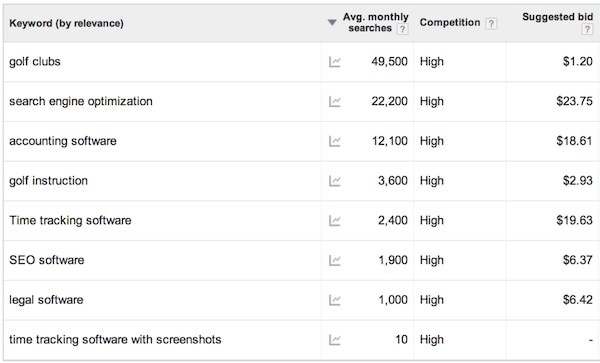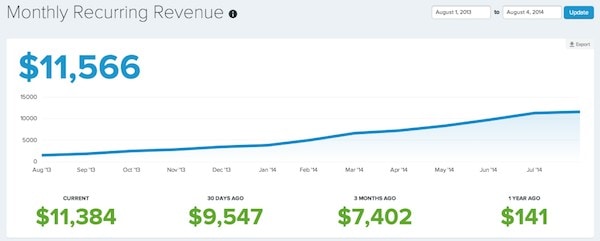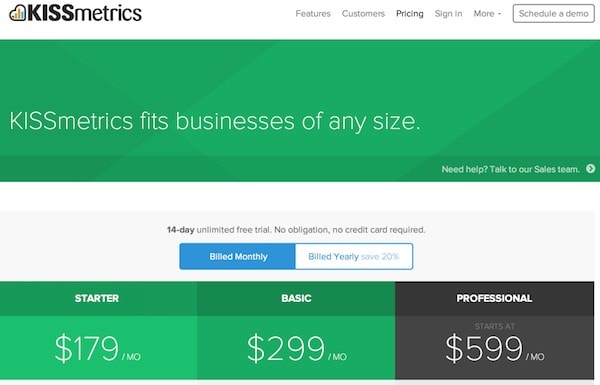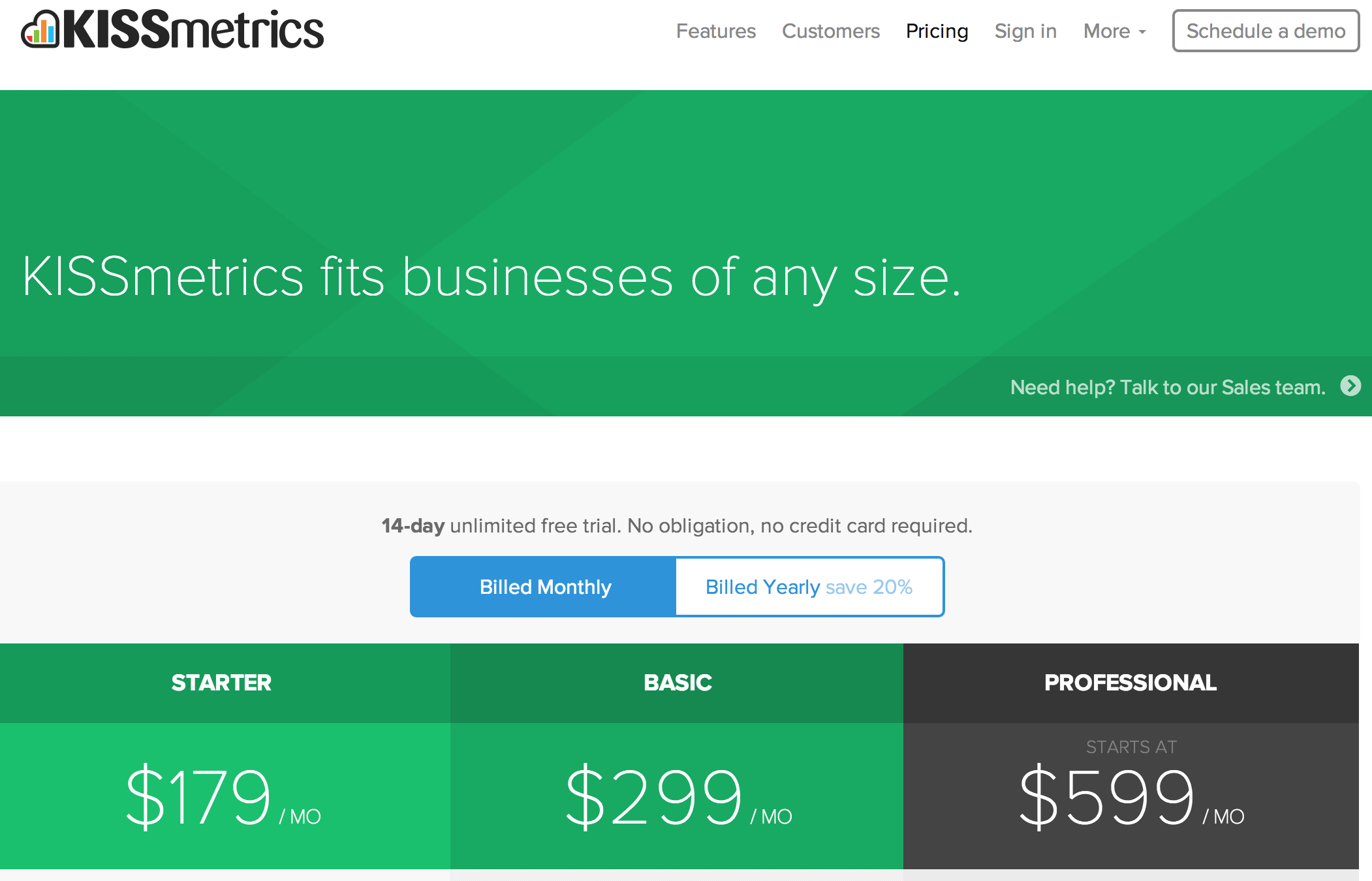It seems every time you look around these days there’s an IPO, a startup getting acquired or a remote startup getting funded. While you can attain some motivation from these examples it’s important, I think, to realize that these businesses are the exception not the rule. We started building this business at the end of 2012, and we are just recently starting to get some good traction and growth.
$11,566 is NOT a lot of money because it costs us more than that to develop the product every month, but it’s a very positive start. Neither Jared nor I are satisfied with the growth rate of Hubstaff so far, but we have a good idea how to fix it (more features and integrations). It’s a lot of work for a little money up front, as always, but as you continue pushing day-in and day-out good things start to happen.
We’ve learned a lot about software sales with this project. Below are some of the high level considerations that you can learn from as you build your businesses.
Boost your team’s efficiency with Hubstaff's productivity tools
Try it free for 14 days1) Consider Market Size and Competition
Keyword research is great even if you don’t plan on focusing on SEO or paid media. You can use it to gain a deeper understanding of your market and what your potential clients are looking for. There are some keywords here that may seem irrelevant, but they are included so that you can see the differences in market size. When looking at keywords you want to think about three high level things:
- Search Volume – This is how many people are searching for the keywords.
- Long Tail Keywords – This is the variations that people use as they search for a given product. Some have thousands of variations and some have very few. The more the better.
- Bid Price – This allows you to understand what others are paying for the keywords. You can combine this with volume stats to get some interesting metrics.

Our market is primarily “time tracking software” and there are a lot of competitors in that space and relatively low search volumes. This is something that I wish we would have paid more attention to early on. Market size has definitely been a limiting factor for Hubstaff so far, and based on the numbers above, you can probably understand that selling accounting software (awesome Hubstaff client) may be more lucrative than time tracking software based solely on the numbers because it’s approximately 4x the size in searches.
But at Hubstaff, we aren’t “just” time tracking software. We have screenshots, activity levels, and other similar features that allow our software to stand out. But the question is how many people are really searching for time tracking software with these features? According to the data above, not many…
The market you build in is probably the most important aspect of a startup and it can have the most profound impact on your success with the least effort (you’ve got to take all you can get). You can see that in the example above “golf clubs” has a lot of searches, and a low bid price, but you’ve also got to consider competition, barrier to entry, and competition.
2) Consider Product Price
People underestimate how hard it is to really get traction when you are talking about charging an average of 27$ a month. That’s not a lot of money, and it contributes greatly to our overall revenue growth numbers. Here’s where we are at right now in terms of monthly recurring revenue and current customers.


If you do the math, it ends up being around $27 per subscription and that’s the core issue. We charge $5 a user and our average client has around 5 users. We’ve tested this and for our current technology, $5 a user seems to be acceptable for most clients (we are considering raising the price when we start offering app monitoring, which is not too far off). Regardless, we are at $27 a month. By contrast, check out what Kiss Metrics charges:

This type of pricing is pretty typical for the “analytics” industry. We searched for a long time and eventually landed on Mixpanel over Kiss Metrics because they allowed us to get the product for free by putting a badge in our footer. But just think about how much faster the revenue would add up.
3) Consider the Size of Client
Most of our clients are smaller in size and starting out their teams with contracting. They have 3 to 10 people on their team (Hubstaff has much larger businesses using the software but we are working on typical sizes). Here’s the thing… If you look at the average client that we’re talking about in the above example, they are most likely somewhat cost-conscious.

Compare this to a business like Baremetrics – who is mostly dealing with clients that are well established and cash positive. Baremetrics provides metrics for businesses like Buffer and other companies that use Stripe as their payment processor. Baremetrics has an open policy themselves, which is what inspired us to do the same… You can see their live numbers here. Think about this on a deep level for a minute and you’ll see the important lesson here. The Baremetrics product appeals ONLY to businesses that have gotten to the point of integrating the Stripe payment processor into their software app, and have payments coming in. If they didn’t have payments coming in, then they wouldn’t need metrics…
Hubstaff on the other hand is used by a lot of clients that are just getting started. Maybe they are building a new app, or they are starting an agency, etc… They may not even have a client yet.
But we still wouldn’t trade our business for the world! The above points are just things that I wish we would have thought through before we started the business because there it takes a TON of time and money to get these businesses off the ground.
There are positives that greatly outweigh the negatives, such as barrier to entry for the product (the amount of engineering we’ve put into Hubstaff is insane), a growing industry, the viral coefficient, and more. The goal here is simply to look back and reflect on some of the things we should have analyzed closer before we started.
The Honorable Mention “ah-ha’s” we’ve had while building Hubstaff:
- Focus on web software if possible, not client side. Desktop applications are much harder and makes the product exponentially more complex because you have to design for three operating systems.
- Think about the cost of support. How many people per paying customer do you have to support? For Hubstaff, it’s an average of 5 employees that need support for every one paying customer (our whole model is based on tracking contractor time).
That’s it for now… If you like this post, please consider sharing or commenting. This is a test to see if we want to continue publishing our numbers and creating this “open” style of post. Hope you enjoyed!
Subscribe to the Hubstaff blog for more posts like this
Most popular
How to Calculate a Raise: Practical Guide for Employers
By 2030, the US alone will lose $430 billion annually due to low talent retention — and a lot of this turnover stems from low pa...
How to Survive and Thrive in an 80-Hour Work Week
It’s hard to believe that only a century ago, the 80-hour work week was the norm in the United States. Then, in 1926, the Ford M...
Mastering Workforce Scheduling: Techniques and Tools for Success
Imagine a workday where scheduling your workforce effectively ensures that every shift is perfectly aligned with your business nee...
Top Time Trackers for Virtual Assistants: Enhance Efficiency and Accountability
Virtual assistants (VAs) have a lot of responsibilities — and so do the people who hire them. With so much to keep track of, a t...





